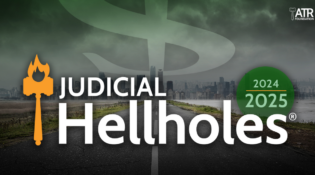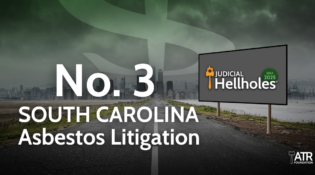Washington State Ruling Expands Liability for Asbestos Injuries
On August 9, 2012, in what was a sharply divided decision, the Washington Supreme Court ruled that makers of respirators designed to prevent asbestos exposure can be held liable for failing to warn of the contaminant’s risks. This decision unfairly opens up safety product manufacturers to more lawsuits over asbestos-related injuries. Even more disappointing, is the fact that the majority rejected the court’s previous holdings in Simonetta and Braaten, two cases that rejected a duty to warn about asbestos products sold by third parties. The majority agreed with the plaintiffs’ theory that the respirator manufacturers’ own products, when used as intended, including cleaning for reuses, were inherently dangerous in the absence of adequate warnings.
As first reported by the National Law Journal, the decision to place liability on those who make safety equipment is extremely unfair and poor public policy. How can a manufacturer of masks, or other safety equipment such as work gloves, construction helmets for that matter, be responsible for warning about the multitude of hazards that a person using their equipment might come into contact with? In a dissent, Justice James Johnson pointed to the same flaw in the majority’s opinion. “The manufacturers should not be expected to warn of the dangers of every contaminant a user could conceivably encounter,” Johnson wrote. “These respirator manufacturers did not inject asbestos-containing products into the marketplace and should not be required to perform the duties of those who did.”
The negative impact of this opinion will not be limited to manufacturers in Washington State. The National Association of Manufacturers, the American Insurance Association, and other national organizations, joined in writing an amicus brief that warned of the national impact that this case is certain to have. This decision may embolden plaintiffs’ lawyers to ask for a similar exception in California and other states that previously have adopted the precedents set out in the earlier Washington cases. The decision also may lead plaintiffs’ lawyers to try to create other exceptions in light of the court’s refusal to establish a bright-line duty rule based simply on whether the defendant as in the chain of distribution of the asbestos product to which the plaintiff was exposed. The negative effects of this decision will be far reaching and will most certainly lead to safety product manufacturers all over the country being the targets of increased lawsuit abuse.






